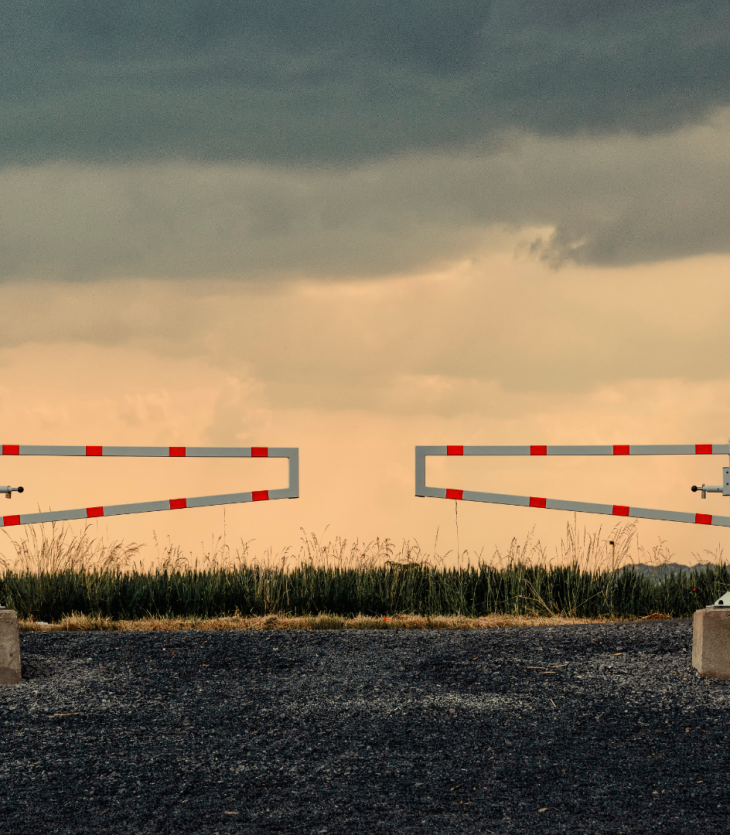Twenty years ago, I completed my PhD on human factors in air traffic control. Part…
Tag: safety-I
This article is a reproduction of an article published in HindSight magazine issue 35 in September 2023 (all issues available…
This article is a reproduction of an article published in HindSight magazine issue 35 in September 2023 (all issues available…
Reflections on what distinguishes the three zones of performance in the well-known graph associated with Safety-II.
‘Human Factors’ (or Ergonomics) is often presented as something that it’s not, or as something…
Safety-II has become a talking point. It is discussed not only among safety professionals, but – perhaps more importantly – among front line practitioners, managers, board members and regulators in a wide array of industries. But what is the real focus of Safety-II?
In this sporadic series of posts, I share a few insights, as they might apply to work and organisations, from ‘Life and How To Survive It’ and ‘Families and How to Survive Them’, by psychotherapist (late) Robin Skynner and comedian John Cleese.
In this sporadic series of posts, Icshare a few insights, as they might apply to work and organisations, from ‘Life and How To Survive It’ and ‘Families and How to Survive Them’, by psychotherapist (late) Robin Skynner and comedian John Cleese.
The analysis of work cannot be limited to work as prescribed in procedures etc (le travail prescrit), nor to the observation of work actually done (le travail réalisé). Similarly, it cannot be limited to work as we imagine it, nor work as people talk about it. Only by considering all four of these varieties of human work can we hope to understand what’s going on.
When we think about just culture, we usually think about accidents and incidents, associated ‘honest…








